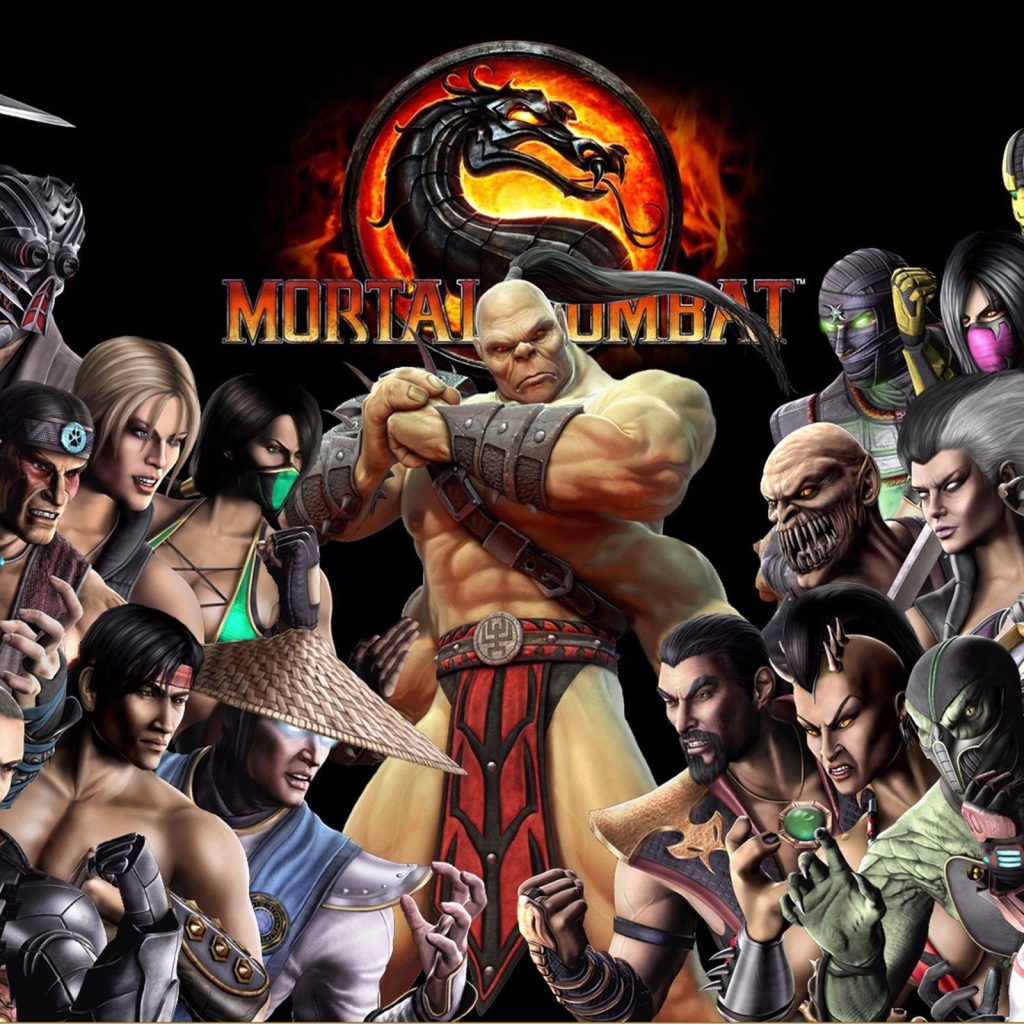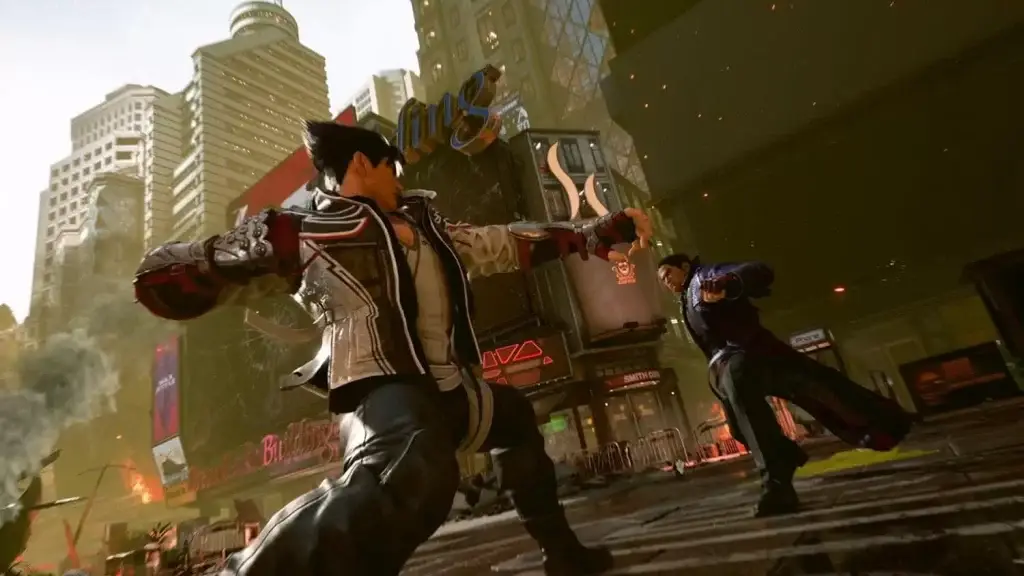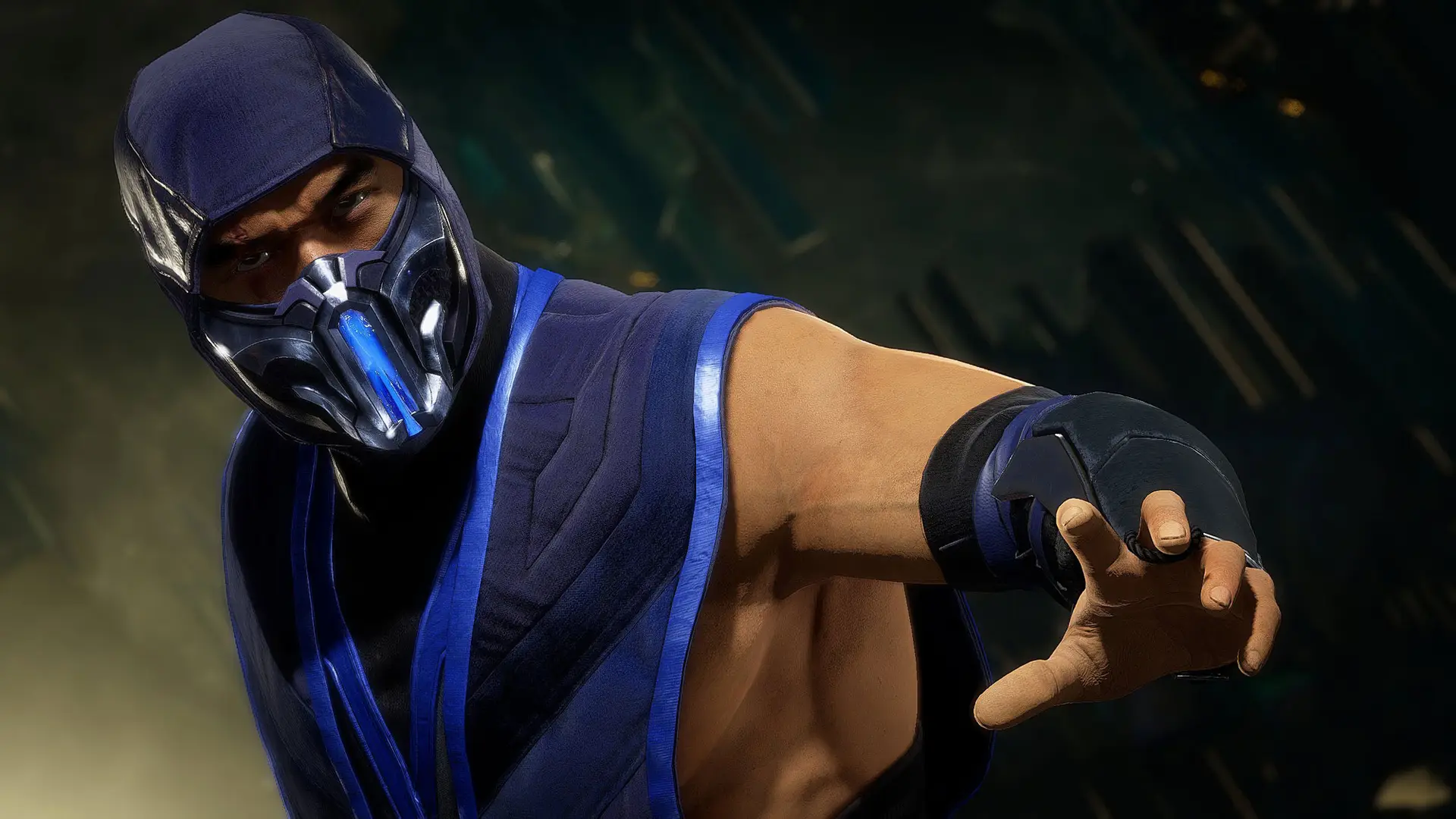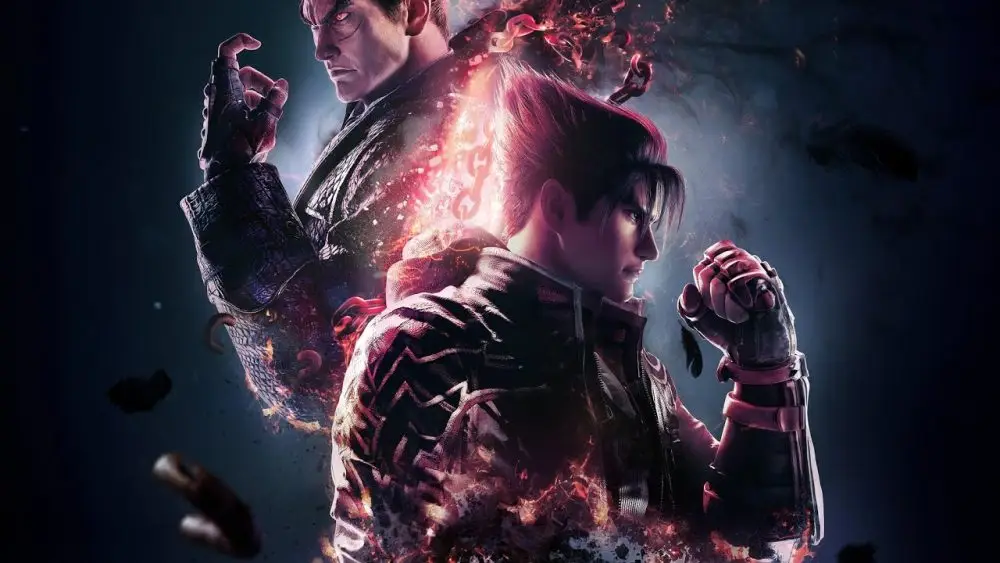Fighting games have developed their own language over the decades — a visual, mechanical, and emotional language. Kicks, blocks, and combos create a rhythm where tactical thinking meets instant decision-making. This genre is not influenced by fashion or mass trends; it sets its own rules. Its popularity is not driven by storylines, but rather by the sense of control, precision, and engagement. It has created a community that values depth of skill over the number of hours spent. One game is enough to enter the world of fighting games, but it must be the right game.

Mechanics and philosophy of the direction
Fighting games build their structure on precise interaction: two fighters, an arena, and an uncompromising dynamic. Each round requires calculation and instinct. Traditionally, the session distributes roles symmetrically, but the sides use different tools: some focus on aggression, while others focus on controlling the space. The main philosophy is “easy to start, difficult to master.”
Players quickly grasp the basic principles, but with each new victory, they discover the depth. Inside, there are animation frames, hitboxes, input buffers, and strike priorities. The player’s decisions are not just a button, but an expression of strategy. Here, it’s not about pressing quickly, but about reading intentions and dictating the pace.
Why it’s worth a try
The genre offers a learning environment. It develops skills that go beyond gaming: reaction, concentration, and resilience. Beginners quickly experience growth. Even defeat becomes a tool: every mistake is a hint, and defeat is a stepping stone. Fighting games cultivate tactical thinking and analytical abilities. Players observe their opponents’ behavior, recognize patterns, and choose the right moment to strike. This approach requires flexibility and understanding of patterns, without complex interfaces or overburdened economies.

How to Choose Your First Project: The Best Fighting Games
 A beginner doesn’t have to start with the latest or most popular game. The main criterion is clear mechanics, an intuitive interface, and an active community. Training modes, practice mode, and a good online code base all contribute to a high-quality first impression. It’s also important to consider the style: the dynamics of anime fighting games differ significantly from the heavy mechanics of classic 2D games.
A beginner doesn’t have to start with the latest or most popular game. The main criterion is clear mechanics, an intuitive interface, and an active community. Training modes, practice mode, and a good online code base all contribute to a high-quality first impression. It’s also important to consider the style: the dynamics of anime fighting games differ significantly from the heavy mechanics of classic 2D games.
Here are the top 10 best representatives of the genre:
- Street Fighter 6. The system has been modernized without losing its heritage. The project offers a deep Drive System mechanic: the choice between neutralizing attacks, strengthening, or safely retreating. The RE Engine-based graphics convey the physics of strikes with surgical precision. The foundation is a clear frame system, character balance, and international matchmaking.
- Guilty Gear -Strive. The title takes anime-style visuals and pushes them to the limit of expressiveness. The unique Roman Cancel system allows for experimentation with rhythm, breaking the predictability. The character designs are a combination of absurdity and combat philosophy, while the music is both driving and thematically accurate.
- Tekken 8. The focus has shifted towards aggression. The Heat System increases pressure and motivates you to break through. The cameras dynamically react to your strikes, creating an almost cinematic effect. The story mode includes elements of a single-player RPG, allowing you to learn the mechanics without the online load.
- Mortal Kombat 1. The mechanics are still recognizable, but they’ve added Kameo Fighters, second fighters with activated abilities. The visuals are stylized for Hollywood realism with anatomically accurate fatalities. Online matches support cross-platform play and an adaptive ranking system.
- Dragon Ball FighterZ. Speed and spectacle are the foundation. Battles require control over a team of three characters, switching between which opens up endless tactical possibilities. For anime fans, the project has become a gateway to the genre.
- Skullgirls 2nd Encore. Precise animations down to milliseconds and a custom team of fighters. A simple base but deep variability. Suitable for those who seek precision in every button. The jazz-noir soundtrack enhances the project’s individuality.
- Granblue Fantasy Versus: Rising. The game offers a simplified entry without minimizing depth. The Skybound Arts system allows for combo execution without holding, but requires understanding of timing. An interactive tutorial mode explains tactics.
- BlazBlue: Cross Tag Battle. A crossover of four universes: RWBY, Persona, Under Night, and BlazBlue. Team battles and high speed. The Active Switch mechanic allows you to combine styles and create unpredictable strategies.
- DNF Duel. The project adapts characters from Dungeon Fighter Online into a 2.5D form. Each character is based on a class with unique mechanics. The visual uses a “pixel art illusion” technique with high definition.
- Power Rangers: Battle for the Grid. An unusual but technically accurate fighting game with a team system. A simple base turns into an in-depth strategy through ultimate combos and smart character changes.
Features of progression and community
The direction creates an interesting environment. Each community develops its own meta, terms, and code. Forums, tournaments, and training Discord groups are an integral part of the experience. Players don’t just participate in matches; they engage with a living knowledge structure. Statistics, battle replays, and analysis modules support the growth of projects. Training becomes a ritual, and matches turn into laboratories. Professional leagues maintain a stable hierarchy, update rules annually, and enhance the meta.
Fighting games do not copy role-playing elements, do not depend on loot or story campaigns. They focus on the moment: “here and now.” No RNG, no equipment, just pure mechanics and intelligence. This is a sport, tactics, and intuition in the form of digital sparring.
Conclusion
 Fighting games remain alive through precision, honesty, and endless depth. They are not about quantity, but about the quality of interaction. The direction offers a school of reflexes and strategies. The first matches initiate progress, and each subsequent match reinforces it.
Fighting games remain alive through precision, honesty, and endless depth. They are not about quantity, but about the quality of interaction. The direction offers a school of reflexes and strategies. The first matches initiate progress, and each subsequent match reinforces it.
 en
en  ru
ru  de
de  ar
ar  es
es  nl
nl  hi
hi  fr
fr  it
it  pt
pt  el
el 










